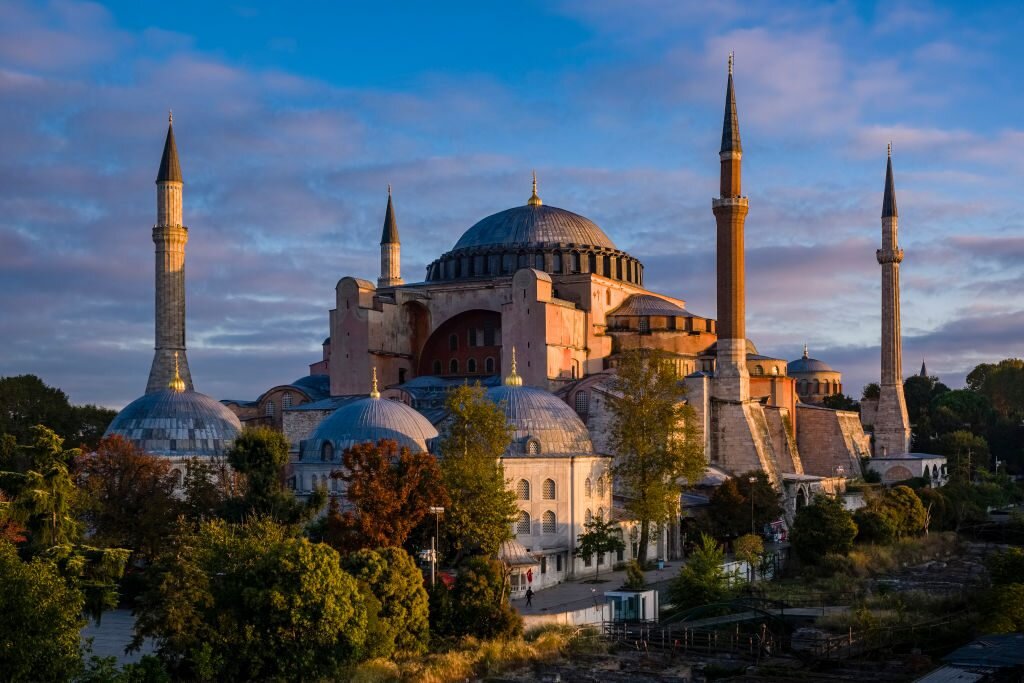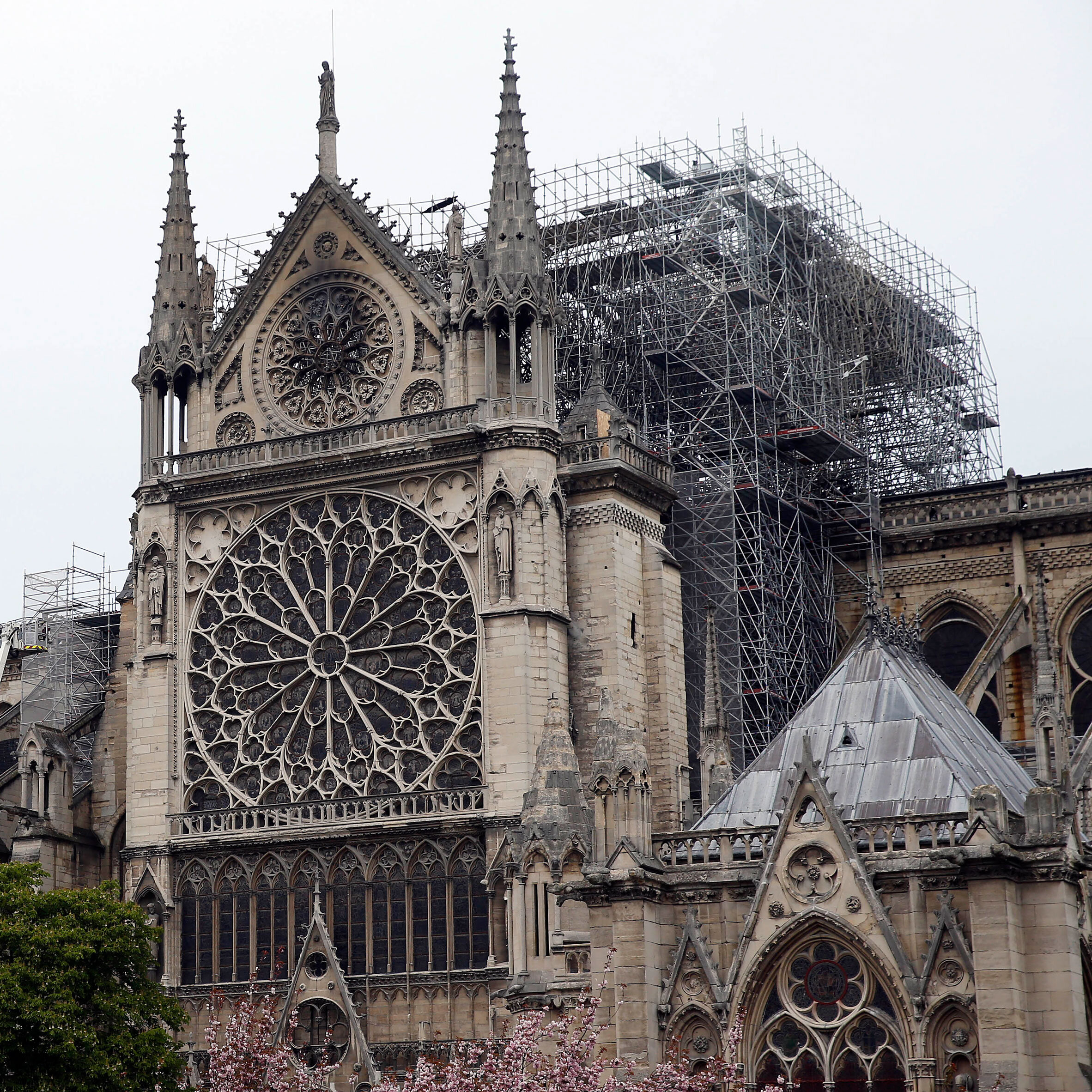The Leaning Tower of Pisa. The Empire State Building. The White House. St. Basil’s Cathedral. What do each of these buildings have in common? They are all considered “iconic” works of architecture. “Iconic” is a word used to describe many grand buildings, but do we ever stop to consider why exactly they are deemed worthy of this title? Are buildings innately iconic, or is this term designated by architectural experts and historical scholars? Do they evoke human introspection and mark the progress of societies, or do we believe these buildings to be iconic simply because we have been told that they are? To find the answers to these seemingly elusive questions, let us first turn to a definition of the word iconic.
Read MoreWhat Makes A Building 'Iconic?'
Modern Day Gladiators & Coliseums in Birmingham
Today, enormous, state-of-the-art arenas and stadiums are constructed across the world to host these events. We are currently seeing a resurgence of stadium and arena renovations right here in Birmingham — innovative features on these structures are becoming crucial, as the competition for hosting rights increases each year. Now the question becomes: If these structures are built, will these regional and national events (along with their spectators) come? Let’s look at a brief history of these structures, as well as where they’re headed to find the answer.
Read MoreThe Restoration of Notre Dame Cathedral
On April 15, 2019, people from around the globe watched in horror as one of the world’s most renowned historic structures became engulfed in flames. At the time, the Notre Dame Cathedral was undergoing a restoration project, at the center of which were the building’s spire, stonework and roof timbers. The fire started in the cathedral’s wooden attic and was only discovered after the blaze was well underway. 400 firefighters battled with the flames for two hours — the fire was fought from the interior in order to reduce damage to the structure. By the time the fire was under control, the spire and the majority of the cathedral’s roof had collapsed, destroying the vaulted ceiling in the process. Luckily, there were no casualties, and most of the relics and the art within the cathedral were undamaged.
Read MoreBon Ton Hatters and Adaptive Reuse: The Changing Roles of Mom-and-Pop Retail in our City Centers
Bon Ton Hatters was once a bonafide Birmingham staple for swanky hat and shoe lovers. Located in a bustling area of downtown, the hat repair and shoe shine shop was always filled with customers in its heyday. Constantine Callis and his son, Jimmy Callis, opened the shop in 1907 on the 206 20th Street North in the Roden Block building. When Jimmy Callis eventually retired and passed the reins over to his son, Jimmy Callis Jr, the shop continued forging ahead, although its peers in business struggled to stay alive. In 1979, Bon Ton Hatters relocated to 219 20th Street, and it eventually became the only shop in the city where a hat could be properly cleaned and reshaped.
Read MoreThe 100-Year Story of the Once Tallest Building in Alabama: The Empire Building
From 1909-2009, the 16-story Empire Building boasted an impressive array of tenants. Built on the site of the former Birmingham Bank Restaurant and Saloon, the building was an example of a booming Birmingham that caught the eye of and was now supported by northern investors and development companies.
Just four years after the Empire Building opened, the American Trust and Savings Bank Building was constructed on the diagonal corner, along with two other large buildings on each cross corner, which earned that intersection the title of “The Heaviest Corner on Earth.” It truly was the golden-era of Birmingham!
Read MorePhoto by The Montgomery Advertiser
Buffet to Benefactor: Transforming a Piccadilly to Goodwill
One of the best parts about our work is experiencing a complete building transformation, from the inside out. The incredible news for us about the urban cities of Alabama is that there are so many older buildings with the potential to be repurposed into something for the community to enjoy. That’s exactly what we found at 2601 East Boulevard in Montgomery, Alabama.
Read MoreDigital rendering by Adams Design Associates
The Value of Repurposing a Space: From Pharmacy to Hamburgers
In a culture of new, shiny, and next big thing, re-purposing a space may seem less than glamorous. For Adams Design Associates, it’s an exciting chance to use existing infrastructure and recreate an entirely new space with a brand new purpose. Looking around the buzzing city of Birmingham, it feels like the city is in a period of growth. Yet, it seems like every block, there are deteriorating, abandoned buildings. The architects at Adams Design Associates have a keen interest in restoring spaces like this for new use.
Read More












